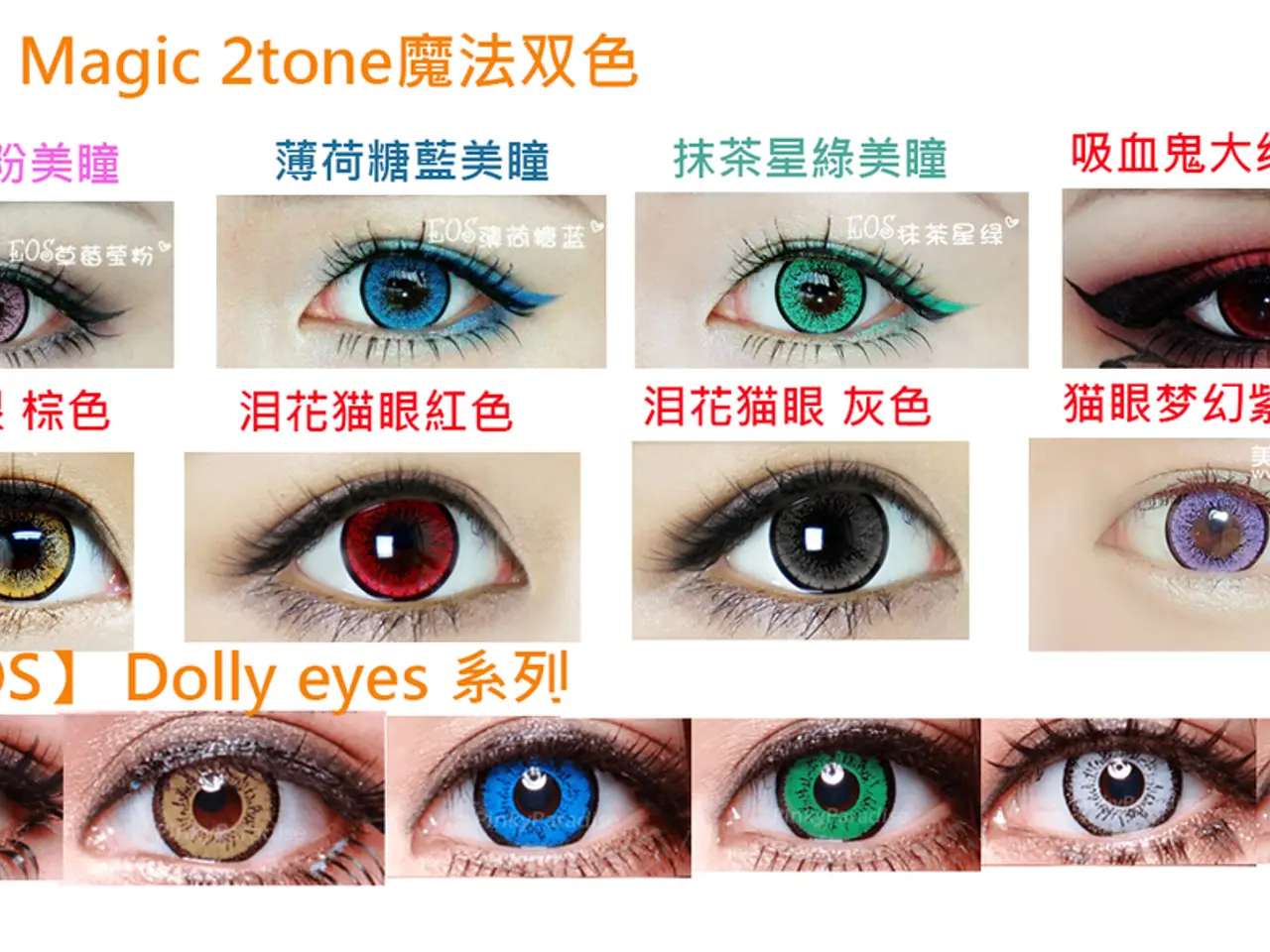Expense of Diabetic Retinopathy Treatment: Costs, Insurance Coverage, and Resources
Diabetic retinopathy, the leading cause of blindness in individuals with diabetes, affects one in three people over the age of 40 with the condition. Treatment for this eye condition can help stop it from worsening, but the costs associated with managing diabetic retinopathy can be significant.
Direct Treatment and Monitoring Costs
The costs of treating diabetic retinopathy vary depending on the type of treatment and insurance coverage. For instance, a vitrectomy, a type of surgery used as a supplementary treatment for some individuals with diabetic retinopathy, can cost between $8,000 to $14,000, depending on health insurance and hospitalization needs.
Injections of anti-vascular endothelial growth factor (anti-VEGF) drugs, a common approach to diabetic retinopathy, cost around $1,241 to $1,957 per treatment. Another treatment option, laser treatment (photocoagulation), is estimated to be a few hundred dollars per session, although more recent and specific cost details are not available. A sustained release implant called Ozurdex is another treatment option, with a cost of approximately $1,455 per implant.
Regular comprehensive dilated eye exams are recommended for the diagnosis and monitoring of diabetic retinopathy. These exams typically range from $25 to $60 per session, often not covered by insurance, adding to annual expenses.
Additional Costs and Financial Support
The costs of diabetes monitoring and management also play a significant role in the overall expenses related to diabetic retinopathy. Advanced continuous glucose monitoring systems can cost upwards of $2,511 annually without copay, while simpler self-monitoring costs are lower but less effective.
Administrative factors like prior authorizations can increase the total societal costs of treatment with anti-VEGF therapies by about $10,000 over a patient’s lifetime due to delays and additional burdens.
Financial Assistance and Insurance Coverage
Fortunately, several organisations can provide financial support for people with diabetes. These include the Department of Veterans Affairs, TRICARE, Indian Health Service, Hill-Burton Free and Reduced-cost Health Care Program, and Bureau of Primary Health Care. The American Diabetes Association also supports the Patient Advocate Foundation's diabetes assistance co-pay program, Co-Pay Relief, which offers grants for medical costs in diabetes disease management.
Discussing costs with a doctor may reveal cheaper treatment alternatives for diabetic retinopathy. It's important to remember that every case is unique, and the costs can vary greatly depending on individual circumstances.
The Societal Impact
Societal cost analyses indicate that administrative hurdles add significantly to total economic burdens, reflecting both direct and indirect costs related to diabetic retinopathy care. Vision loss and blindness due to diabetic retinopathy can cost an average of $16,838 per individual annually in the United States.
In conclusion, while direct annual treatment costs vary by specific interventions, coverage, and patient adherence, annual patient-level direct treatment and monitoring costs can be in the range of a few thousand dollars, supplemented by imaging and administrative costs that push overall expenses higher. It's crucial for individuals with diabetes to be aware of these costs and to seek out financial assistance and affordable treatment options when managing their condition.
- Diabetes Mellitus is a medical condition that can lead to chronic diseases like diabetic retinopathy, a significant eye health concern.
- Treatment for diabetic retinopathy includes surgeries, injections, lasers, and implants, each with varying costs influenced by health insurance coverage.
- A vitrectomy, a supplementary treatment for some individuals with diabetic retinopathy, can range between $8,000 to $14,000.
- Anti-VEGF drug injections for diabetic retinopathy cost around $1,241 to $1,957 per treatment.
- Laser treatment for diabetic retinopathy, known as photocoagulation, can be a few hundred dollars per session, but specific details may not be available.
- Ophthalmologists often recommend regular comprehensive dilated eye exams for diagnosing and monitoring diabetic retinopathy, which can cost $25 to $60 per session.
- Diabetes monitoring and management, including advanced continuous glucose monitoring systems, can add to the overall expenses related to diabetic retinopathy.
- Administrative factors like prior authorizations can increase total societal costs of treatment with anti-VEGF therapies by approximately $10,000 over a patient’s lifetime.
- Seeking financial assistance and discussing costs with a doctor can reveal cheaper treatment alternatives for diabetic retinopathy management.
- Societal cost analyses show that vision loss and blindness due to diabetic retinopathy can cost an average of $16,838 per individual annually, underscoring the need for workplace wellness programs, mental health support, and good skin care to manage diabetes and chronic kidney disease along with financial management strategies like wealth management, personal finance, and debt management, as well as nutrition for improved overall health and wellness.




